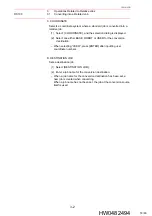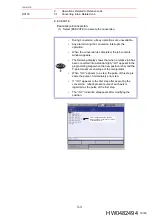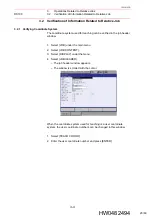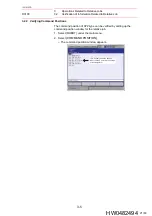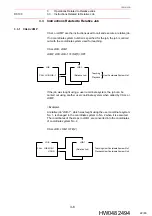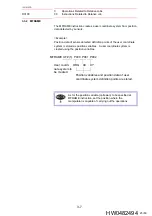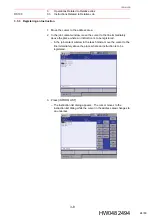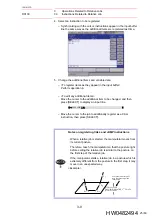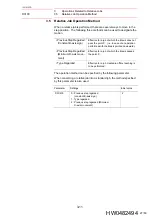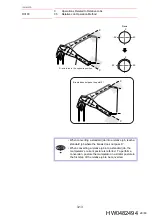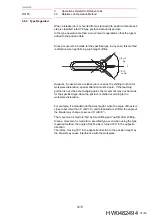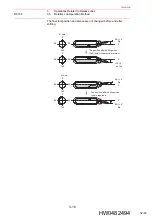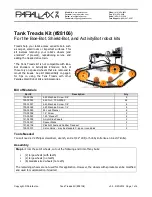
3
Operations Related to Relative Jobs
DX100
3.5
Relative Job Operation Method
3-14
156191-1CD
HW0482494
3.5.2 Previous Step Regarded (Minimum R-axis Movement)
This method keeps the R-axis movement to a minimum when the
manipulator moves from the previous step to the next step. Therefore, it
can be used for jobs of which the B-axis passes the point 0
°
.
Since this method minimizes R-axis movement, add some steps to the
prescribed path if it is desired to move the R-axis in a wider range.
If a parallel shift is executed in a relative job, the R-axis may have to rotate
greatly when the shift amount is large. This method can not be applied to
such cases: use the method "
3.5.1 Previous Step Regarded (Constant
.
NOTE
• When converting a standard job into a relative job, a
standard job should be taught so that the R-axis
movement between steps does not exceed 90
°
. To move
the R-axis in an angle measuring more than 90
°
, add
some steps to divide the large angle into smaller ones.
• When converting a relative job into a standard job, the
manipulator’s current posture is referred. To perform a
conversion, posture the manipulator in a similar posture in
the first step of the relative job to be converted.
0
0
R-axis movement is minimized.
Can be used for a job of which
the B-axis passes 0
.
90
-90
0
R-axis
90
-90
0
R-axis
90
-90
0
Parallel Shift
30/63



